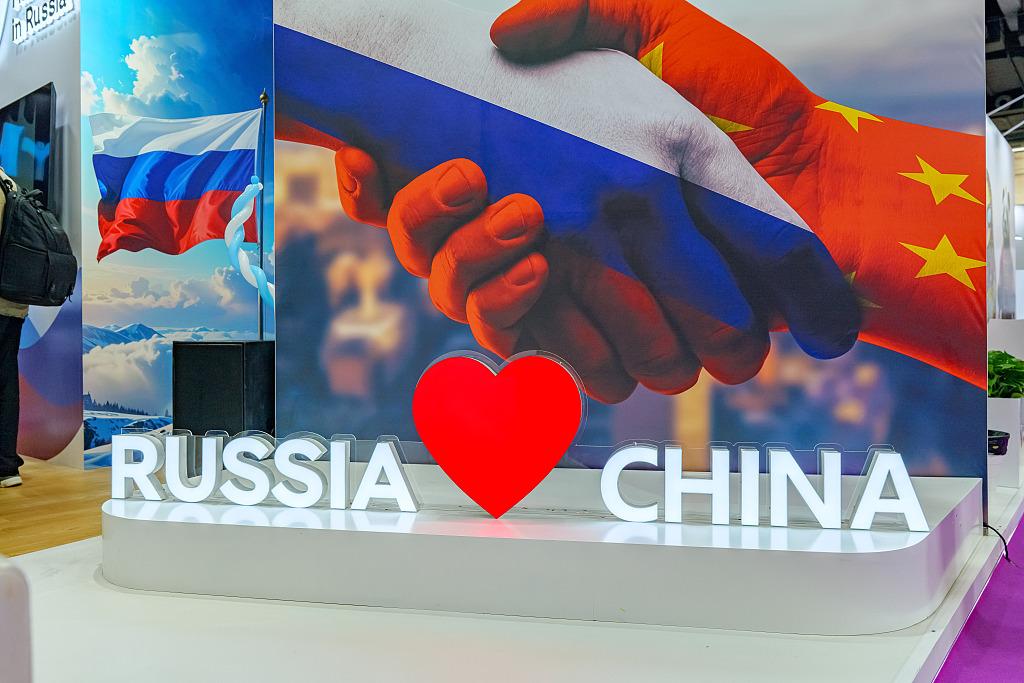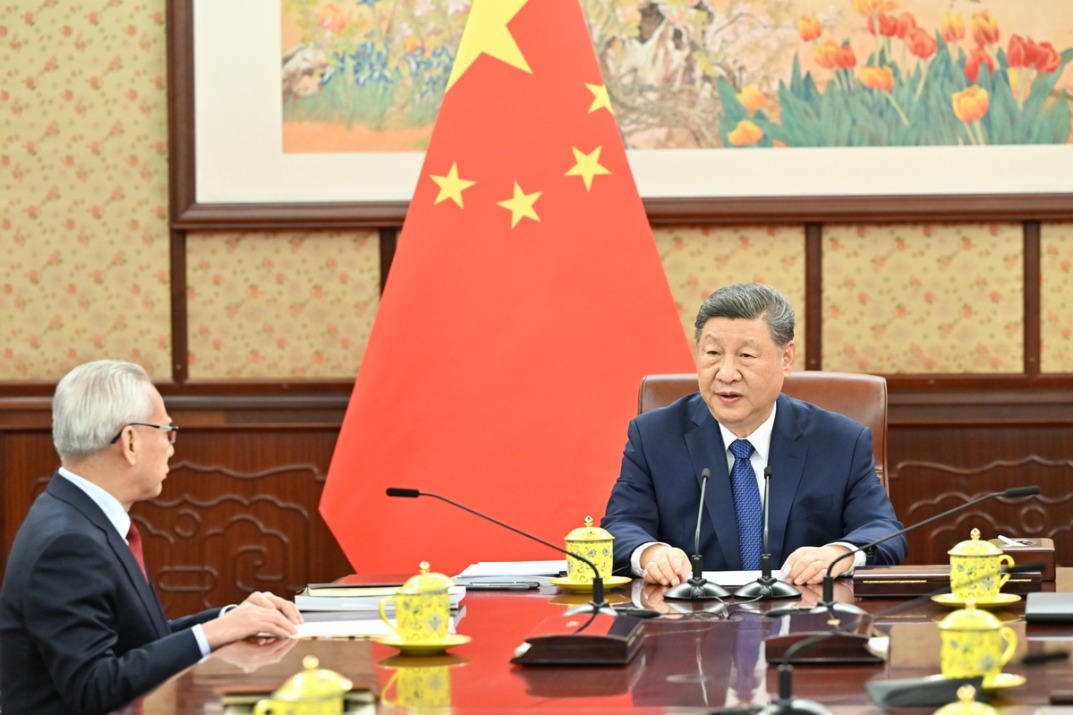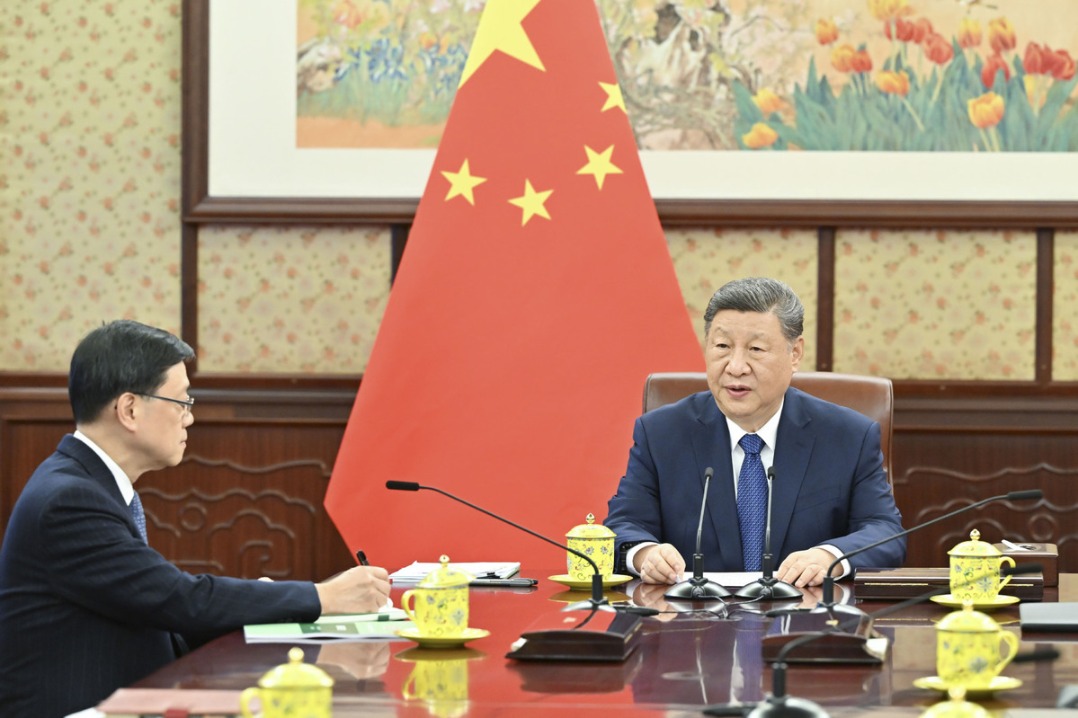Regulatory reforms encourage pharma innovation
By LIU ZHIHUA | China Daily | Updated: 2024-11-22 09:05

Members of the R&D-based Pharmaceutical Association Committee, or RDPAC, are deeply committed to China, with most regarding the country as a strategic market for the next three to five years, said Renaud Gabay, managing director of the organization.
He made the remarks in an exclusive interview with China Daily during the 7th China International Import Expo, which was held from Nov 5 to 10 in Shanghai.
"RDPAC, representing 46 leading multinational pharmaceutical companies with R&D capabilities, has been operating in China for 25 years," Gabay said. "This year, 23 of our members participated in the expo, with most having attended all seven (editions of) CIIE since its inception. This demonstrates the strong commitment of our members to China's market."
Among RDPAC members, 29 companies boast histories exceeding a century, and 24 have been operating in China for over 30 years. These companies have established more than 40 manufacturing plants and more than 30 R&D centers across the country, employing more than 130,000 people, he said.
They contributed 30 billion yuan ($4.14 billion) in taxes in 2023 alone, and invest over 12 billion yuan in R&D annually in China, he said, adding a recent internal survey by RDPAC showed that more than 90 percent of the members regard China as a strategic market for the next three to five years.
Gabay also spoke highly of China's drug regulatory reforms that encourage pharmaceutical innovation.
"The average approval time for clinical trial applications has dropped from 16 months to just 50 days. New drug application approvals take about 18 months, significantly shorter than the 33 months previously required," he said.
The median time for a drug from approval to inclusion into the national reimbursement drug list is now around one year, with many drugs being listed the same year they are approved, Gabay added.
Looking ahead, RDPAC and its members are committed to deepening their presence in China and collaboration with Chinese stakeholders, he said.
"The collective mission we share among our industry is to discover, develop, manufacture and commercialize breakthrough innovations that change patients' lives," Gabay said. "We look forward to continuously contributing to a thriving innovation ecosystem."
Over the past quarter-century, RDPAC members have introduced more than 800 innovative drugs to China, with significant progress made in addressing critical healthcare needs.
Since 2017, 161 of these drugs have been added to China's national reimbursement drug list, accelerating patient access to cutting-edge pharmaceutical innovations.
























